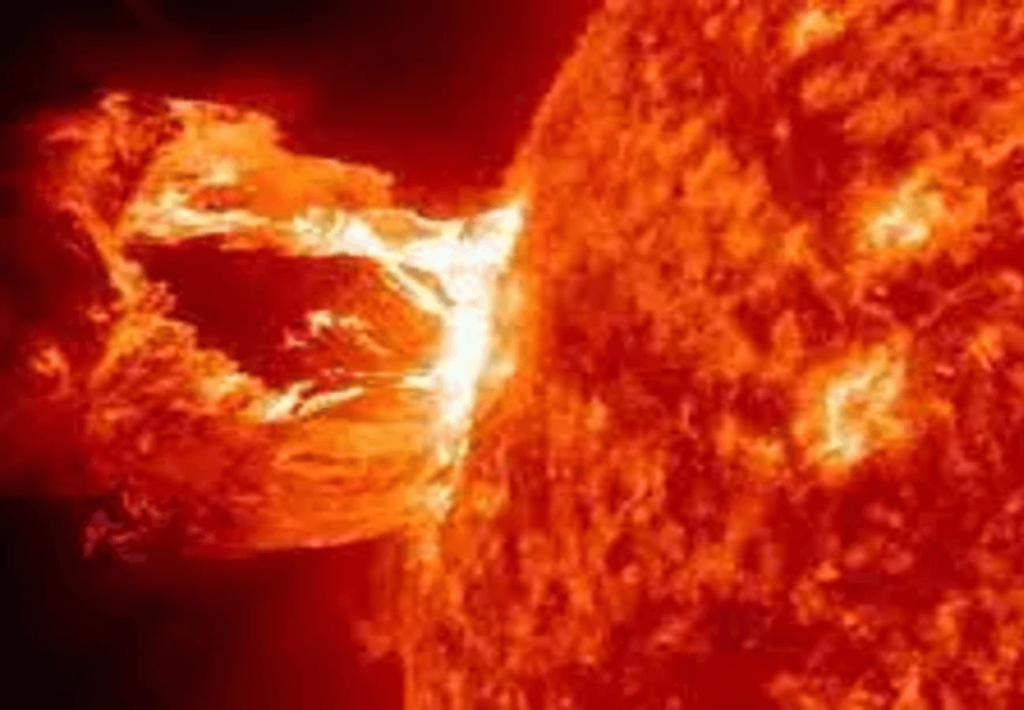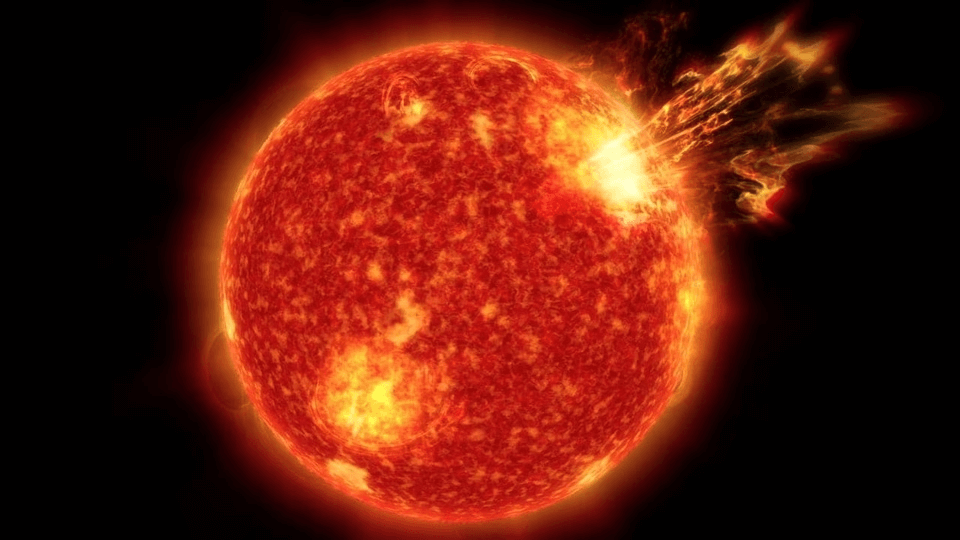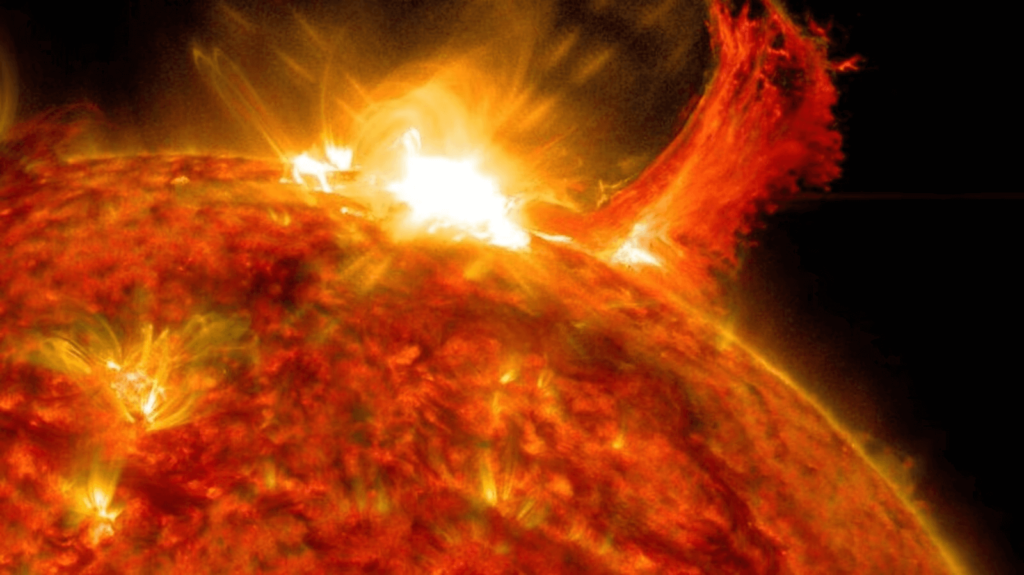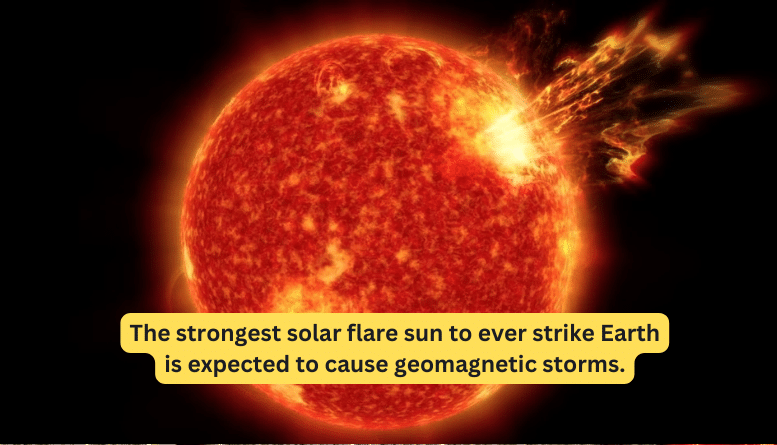The strongest solar flare sun to ever strike Earth is expected to cause geomagnetic storms.
Today, there’s a good chance of a close encounter with the coronal mass ejection (CME) that the flare produced, which is predicted to severely disrupt the magnetic field of our planet.
“On New Year’s Eve, the sun unleashed an X5-class solar flare, one of the strongest in the current solar cycle, expected to graze Earth on Tuesday as the world celebrated the start of a new year.”

“Today, there’s a good chance of a close encounter with the coronal mass ejection (CME) produced by the flare, and experts predict it will severely disrupt the magnetic field of our planet.” Although the effects of grazing impacts are usually negligible, there are rumours that this event might be an exception.
“The powerful solar flare created a massive burst of solar wind and magnetic fields, known as the CME, which rose above the solar corona or released into space.”When such occurrences reach Earth, they may trigger geomagnetic storms that interfere with radio communications, satellite operations, and power grids.
“The National Oceanic and Atmospheric Administration (NOAA) has issued a G1-class geomagnetic storm watch, indicating the possibility of minor disruptions and bright auroras, especially in high-latitude areas.”

“We observed an early warning sign of the storm on January 1 when a fissure appeared in Earth’s magnetic shield. Solar winds entering our atmosphere as a result of this breach caused the first auroras of the year.”
Though stunning, these natural light displays serve as a reminder of how dynamic and occasionally volatile our relationship is with the sun and Earth.
Predictions based on the sun’s current activity indicate that it will remain extremely active for the remainder of its 11-year cycle. More flares, CMEs, and ensuing geomagnetic storms are anticipated throughout the year as solar maximum draws near.

In order to provide timely alerts about potential impacts on our technological infrastructure, advanced modelling and continuous monitoring are essential.
Although the complete effects of today’s CME are still unknown, experts advise being ready for any minor disruptions.
strongest solar flare sun
“The Sun is currently following its approximate 11-year cycle, expected to reach its stormy maximum in 2025, and the recent upsurge in solar activity corresponds with this cycle.”
Flares and CMEs from sunspots will escalate, causing heightened space weather effects on Earth.
Experts in space weather are keeping a close eye on AR3536 and other sunspots due to the current solar activity, looking for any indications of impending flares or storms. Predicting possible effects on Earth’s power grids, satellites, and communication systems requires this alertness.
Also Read : Accepting “link history” on Facebook and Instagram implies accepting (more) targeted advertising.
How NASA Monitors Flares, Solar Storms, and Other Events
NASA’s STEREO spacecraft tracked space weather events, solving a 40-year mystery. This discovery enhances our understanding of the relationship between space storms and their coronal origins, despite challenges in direct imaging due to brightness.

